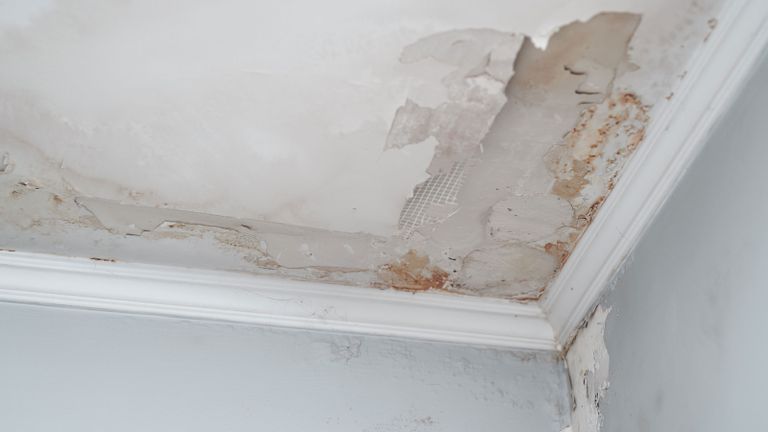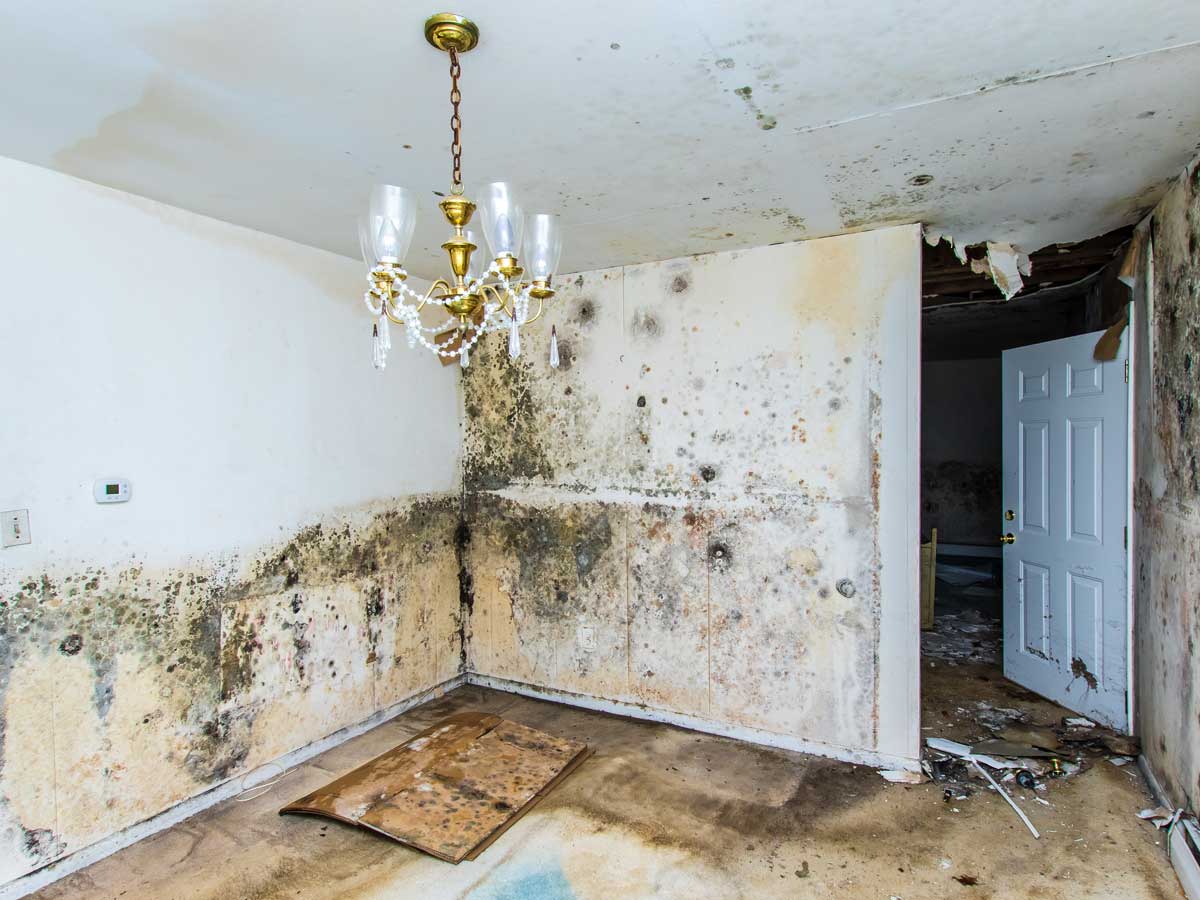Do's as well as Don'ts Throughout Water Damages Emergency Situations.
Do's as well as Don'ts Throughout Water Damages Emergency Situations.
Blog Article
They are making a few great pointers related to Reducing Your Risk Of Water And Fire Damage At Home overall in the content further down.

Water gives life, water intrusion on parts where it's not intended to be can result in damages. If the water saturates into your framework, it can peel away surface areas as well as deteriorate the structure. Mold as well as mold likewise flourish in a damp setting, which can be unsafe for your wellness. Homes with water damage odor moldy and old.
Water can originate from lots of resources such as hurricanes, floodings, burst pipelines, leakages, and sewage system problems. In case you experience water damage, it would be great to recognize some safety and security preventative measures. Here are a few guidelines on how to manage water damages.
Do Prioritize Home Insurance Insurance Coverage
Water damages from flooding because of hefty winds is seasonal. You can additionally experience an abrupt flood when a defective pipeline instantly breaks right into your home. It would be best to have residence insurance policy that covers both acts of God such as natural tragedies, and emergency situations like broken plumbing.
Do Not Fail To Remember to Turn Off Energies
In the event of a catastrophe, particularly if you live in a flood-prone location, it would certainly be recommended to shut off the major electrical circuit. This removes power to your whole residence, protecting against electrical shocks when water is available in as it is a conductor. Do not neglect to transform off the major water line shutoff. When floodwaters are high, furnishings will walk around as well as trigger damage. Having the primary valve shut down stops more damages.
Do Stay Proactive and also Heed Climate Alerts
Tornado floodings can be very unforeseeable. If there is a background of flooding in your community, stay prepared and proactive. Pay attention to evacuation warnings if you live near a lake, creek, or river . Take out prized possessions from the first stage and basement, then placed them on the highest possible degree. Doing so decreases possible residential property damage.
Do Not Ignore the Roof
You can prevent rainfall damage if there are no holes and also leaks in your roof. This will certainly protect against water from streaming down your wall surfaces and also saturating your ceiling.
Do Take Notice Of Little Leaks
A burst pipe does not happen overnight. Typically, there are red flags that suggest you have compromised pipelines in your home. For instance, you may discover bubbling paint, peeling wallpaper, water streaks, water spots, or trickling noises behind the walls. Eventually, this pipeline will certainly rupture. Preferably, you must not wait for things to rise. Have your plumbing repaired before it causes massive damages.
Don't Panic in Case of a Burst Pipe
When it comes to water damages, timing is key. Hence, if a pipe bursts in your residence, instantly shut off your primary water shutoff to cut off the source. Call a reputable water damages restoration professional for support.
Water gives life, water intrusion on parts where it's not supposed to be can result in damage. Residences with water damage scent stuffy and old.
Water damage from flood fees to heavy winds is seasonal. You may see bubbling paint, peeling wallpaper, water streaks, water spots, or trickling sounds behind the wall surfaces. When it comes to water damage, timing is key.
Some Do's & Don't When Dealing with a Water Damage
DO:
Make sure the water source has been eliminated. Contact a plumber if needed. Turn off circuit breakers supplying electricity to wet areas and unplug any electronics that are on wet carpet or surfaces Remove small furniture items Remove as much excess water as possible by mopping or blotting; Use WHITE towels to blot wet carpeting Wipe water from wooden furniture after removing anything on it Remove and prop up wet upholstery cushions for even drying (check for any bleeding) Pin up curtains or furniture skirts if needed Place aluminum foil, saucers or wood blocks between furniture legs and wet carpet Turn on air conditioning for maximum drying in winter and open windows in the summer Open any drawers and cabinets affected for complete drying but do not force them open Remove any valuable art objects or paintings to a safe, dry place Open any suitcases or luggage that may have been affected to dry, preferably in sunlight Hang any fur or leather goods to dry at room temperature Punch small holes in sagging ceilings to relieve trapped water (don't forget to place pans beneath!); however, if the ceiling is sagging extremely low, stay out of the room and we'll take care of it DO NOT:
Leave wet fabrics in place; dry them as soon as possible Leave books, magazines or any other colored items on wet carpets or floor Use your household vacuum to remove water Use TV's or other electronics/appliances while standing on wet carpets or floors; especially not on wet concrete floors Turn on ceiling fixtures if the ceiling is wet Turn your heat up, unless instructed otherwise

As a fervent reader on Preventing Fires and Water Damage In Your Home, I thought sharing that piece of content was really useful. Do you know somebody who is looking into the subject? Feel free to share it. Thank you for your time. Visit again soon.
Report this page